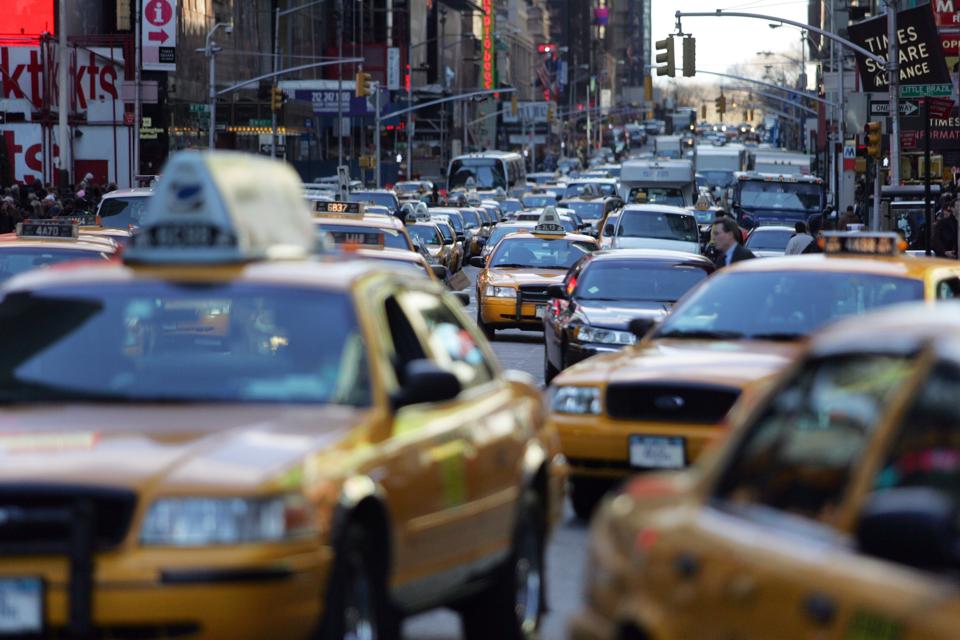As we stand at the brink of the autonomous era, it’s time to visualize how this technological revolution could reshape our large metropolises. A future dominated by self-driving cars promises not just smarter transportation, but also less congested, more livable cities, with cleaner environments and enhanced quality of life.
Reduced Congestion
One of the primary advantages of autonomous vehicles lies in their potential to dramatically reduce traffic congestion. By communicating with each other, self-driving cars can optimize speed, route, and timing to maintain a steady traffic flow, minimizing the stop-and-go scenarios that contribute to bottlenecks.
Imagine the streets of mega-cities like New York, Los Angeles, or Tokyo with a well-orchestrated symphony of autonomous cars instead of the current chaos. The result is a cityscape with less noise and stress, where the city’s rhythm isn’t dictated by rush hour traffic but smoothly flows around the clock.
Reimagined Urban Spaces
With less need for parking spaces, city planners could repurpose this valuable real estate, especially in densely populated city centers. The vast stretches of concrete now used for parking lots and garages could transform into green spaces, recreational zones, pedestrian walkways, and bicycle lanes.
The city skyline would change too, with fewer multi-story car parks, replaced by additional housing or community facilities. The result would be more spacious, people-centered cities, where community and connectivity take precedence over car storage.
Enhanced Quality of Life
Autonomous vehicles would not only change our cities’ physical landscapes but also significantly impact urban living. By reclaiming the time currently lost in traffic, city dwellers could enjoy a more relaxed, productive lifestyle. Whether it’s extra sleep, catching up on work, or enjoying a good book, commute time would transform from a daily grind to an opportunity for personal time.
Moreover, autonomous vehicles would grant unparalleled mobility to those who can’t drive, such as the elderly or the young, making our cities more inclusive and accessible.
Cleaner, Greener Cities
With autonomous vehicles’ potential to be predominantly electric, our metropolises could become substantially cleaner. Electric vehicles produce zero tailpipe emissions, significantly reducing a primary source of air pollution in our cities. The U.S. The Environmental Protection Agency has found that over their lifespan, EVs typically emit less than half the greenhouse gasses of conventional vehicles. They also generate less particulate matter (PM), harmful tiny particles that can lead to respiratory and cardiovascular problems.
As the power grid evolves to incorporate more renewable energy sources, the environmental footprint of EVs will decrease even further. Beyond this, the adoption of electric autonomous vehicles also promises a reduction in noise pollution, given their quieter operation compared to conventional cars. Thus, decreased vehicle emissions would lead to improved air quality, contributing to healthier urban environments. Imagine cities where the roar of engines and the smog of exhaust are things of the past, replaced by cleaner air, clearer skies, and the quiet hum of electric vehicles.
Looking Ahead
No doubt, transitioning to a future dominated by autonomous cars is filled with challenges, from regulatory aspects to concerns about job displacement in the driving sector. However, the vision of less congested, more livable, and cleaner cities is a compelling one. In this vision, our large metropolises, often associated with noise, pollution, and stressful commutes, could transform into more sustainable, pleasant, and efficient living spaces. As we continue to innovate and adapt, this vision may soon become our reality.

